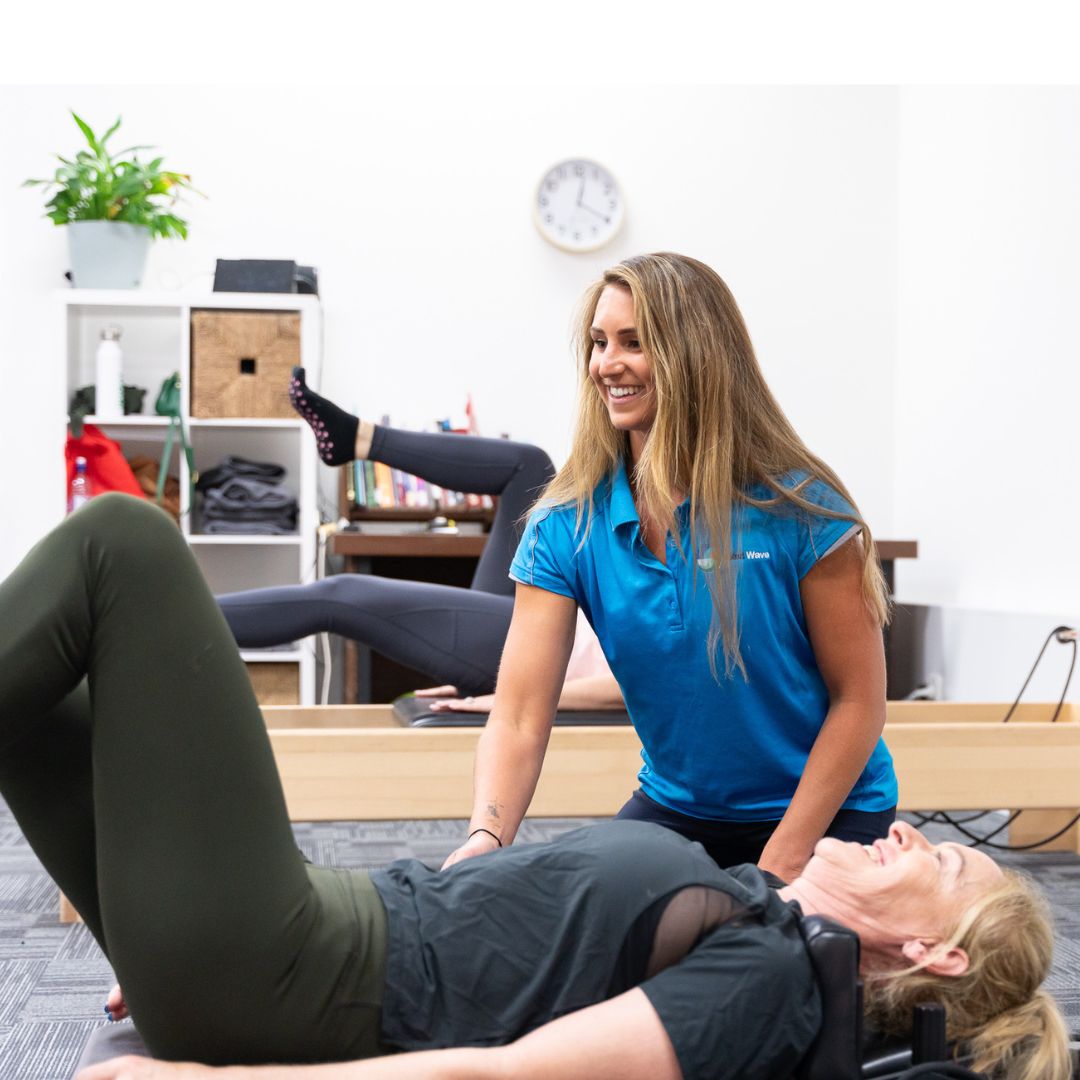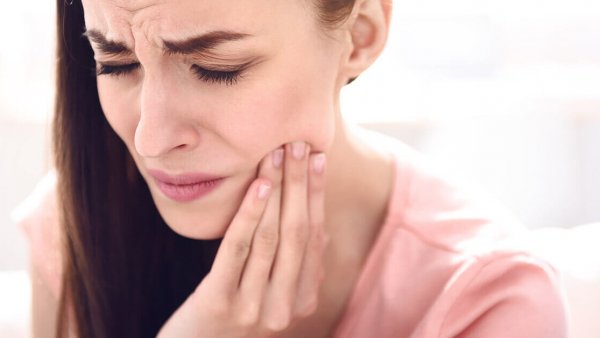Sasha Wray Occupational Therapist Mental Health and Complex Persistent Pain (Fremantle area)
Relaxation Therapy for Pain and Stress
Combatting the effects of pain with relaxation
Relaxation gives the inner reserves needed to be able to cope with life’s challenges and helps to reduce the adverse effects of pain and stress. Relaxation is a potent antidote to pain and stress. Relaxation is easy to learn, it costs nothing and is readily available to you whenever you need it. Relaxation has physical, mental and emotional benefits. Relaxation is for a lifetime!
So why is this potent and effective therapy often overlooked?
This article gives an overview of what relaxation therapy is and how you can get started at home with combatting the effects of pain and stress.
What is stress?
Stress is not a condition on its own, but rather a response that the body has to circumstances (stressors) that require the ’flight or fight’ reaction. These stressors are essentially any situation that demands the body to respond to change. The stress response is designed to help the body adjust to the many physical and emotional demands of everyday life.
Stress is an essential part of life and enables us to take action, be motivated and focused. This is sometimes called eustress. However, excessive or sustained stress contributes to the many physical, emotional and behavioural effects of stress.
PHYSICAL SIGNS of stress
-
Headaches
-
Restless sleep
-
Muscle tightness & pain
-
Indigestion & nausea
-
Heart palpitations
-
Shortness of breath
-
Dry mouth
-
Cold hands and feet
-
Skin problems
-
Low immunity
BEHAVIOUR signs of stress
-
Inability to relax
-
Crying & easily upset
-
Fatigue
-
Poor concentration
-
Indecisiveness
-
Recklessness
-
Pacing & fidgeting
-
Wringing hands
-
Rushing
Effects of stress on EMOTIONS
-
Feeling unable to cope
-
Feeling overwhelmed
-
Feeling exhausted
-
Frustration
-
Irritability
-
Low self esteem
-
Anxiety
-
Depression
Stress affects physical, emotional and mental wellbeing. It influences the quality of your work, leisure, relationships and joy in living.
“The body is unable to distinguish between physical danger from the external environment & psychological distress. That is, worry, anxiety and fear will trigger the same physiological response as a brush with danger. Both trigger the ‘fight or flight’ stress response.” Sasha Wray
The Biochemistry of stress
When our body registers stress, the frontal lobes of the brain alerts the hypothalamus, which engages a feedback loop with the pituitary gland. This triggers release of the stress hormones adrenaline, noradrenaline and cortisol. Hans Selye’s General Adaptation Model proposes 3 phases the body goes through when adapting to stress.
1/ Alarm stage: Normal body responses to stress with recovery.
2/Resistance stage: Cortisol continues to be produced once the stressor is removed. In this phase people may start to experience anxiety, insomnia, irritability, digestive changes and tension headaches.
3/ Exhaustion stage: A person will have ongoing fatigue, lowered immunity, depression, panic and exhaustion.
This model explains how overtime more serious illness can occur due to the stress response.
Adaptation, homeostasis and allostasis
Our ability to adapt to stressors in life is primarily due to the autonomic nervous system. This has 2 parts.
-
The Relaxation response from the parasympathetic nervous system (PNS). You know this part of your nervous system is switched on when you have a lower body temperature, less perspiration, slowing of breath rate, pupil dilation, relaxed posture and muscles and relaxed breath.
-
The stress response is stimulated by the sympathetic nervous system (SNS) and you know this is switched on because you have an increase in body temperature, perspiration, breath rate, pupil constriction, muscles are contracted, posture is tense and you have shortness of breath
These 2 opposing mechanisms in the body dance together to maintain stability through change. This concept is called “allostasis” was introduced by P. Sterling and J. Eyer in 1988 and describes how the brain networks adjust in order to be prepared, not just react to counter a stress or threat. Imagine allostasis as being like a juggler that keeps all the plates in delicate balance on a pointer as opposed to homeostasis where stability is resumed to a condition of stability within a set parameter. The cost of allostasis through energy consuming anticipatory adaptations is allostatic load and this explains the exhaustion that comes with pain and stress
What is relaxation?
Relaxation involves the complex inter-relationship between body and mind. Just as stress produces a variety of specific changes, so does relaxation. Dr Herbert Benson of Harvard Medical School called this the ‘relaxation response’. This response is important for combatting the effects of stress and pain.
It is understood that this relaxation response stimulates the brain’s increased production of alpha waves. Alpha waves are large and slow contrasting with the shorter and faster beta waves that are produced by an active brain. Alpha waves allow the brain to quieten down and be more receptive to left and right hemisphere communication, which is essential for creative thinking.
BENEFITS OF RELAXATION THERAPY :
Relaxation therapy helps to switch on the relaxation response which combats the effects of stress. It helps a person to live a more happy and healthy life with a higher degree of self awareness and self mastery. Relaxation helps to increase physical and mental resilience to everyday pressure.
Physical benefits Brain wave patterns change; Muscles relax; Heart rate and blood pressure reduce; Improved digestion, circulation and breathing
Emotional Benefits Less anxiety and mood lifts; Develop positive attitude and able to put challenges in perspective; Feel calmer, more composed & less reactive when things go wrong
Mental benefits Increased concentration, attention and memory; Greater clarity in thinking; Reduced negative thoughts and rumination; Better coping skills, more easily able to find solutions to problems
What does relaxation therapy involve?
Occupational therapist’s begin relaxation training by helping you learn about your own unique signs of stress (and relaxation). You learn about how this impacts your life and strategies that can be used to counter this. Relaxation strategies may be formal practice such as meditation or yoga or they may be ways of changing your behaviour such as thought processes and/or actions.
There are many different ways you can learn to relax.
-
Movement – Yoga, Tai chi, Ohm Fit
-
Exercise – running, swimming, playing a sport
-
Relaxation strategies – Progressive muscular relaxation (PMR), autogenic relaxation
-
Meditation – breath awareness, pranayama, visualization
-
Schedule Pleasant activities – socialise, paint, bake, garden … do something you enjoy
“…wherever you are, the breath is always there to nourish you, to bring you back to the present moment and give you a sense of stillness and inner peace.” (Sasha Wray)
Meditation Practice Tips for Success
Before you embark on formal relaxation practice such as meditation there are some important things to note in preparation. There are 4 basic elements common to all meditation practices.
These are a quiet environment, a passive attitude, a mental device, and a comfortable position.
Prepare your environment, consider when and where you will meditate and the time you will need. Gentle stretches and exercises are recommended prior to meditation to prepare the body and accelerate the benefits of relaxation. Have a note book on hand to journal any thoughts, inspirations or insights that may emerge from your meditation. This assists in the integration of the relaxation response and ultimately helps reduce your allostatic load.
Finally be aware there are 7 stages of relaxation. Most people are able to reach stage 4, contemplation, where physical and mental relaxation has been achieved and a sensation of lightness ensues. The following 3 stages can be alarming for some people if they are not prepared because they can create a feeling of being out of control, or an experience of expansion of body beyond space and time; and finally a sense of unity, bliss and the ultimate goal of illumination or nirvana.
Whatever stage you achieve they are all very positive signs indicating self mastery of the relaxation response.
Occupational Therapy Relaxation Therapy
Occupational therapists offer relaxation therapy for pain and stress management because it is so valuable for all aspects your life and health but also because it is changes the way your nervous system sends signals about danger or safety in the body. That is, the stress response increases messages of danger in the body and increases pain as opposed to relaxation response which creates calm and safety in the nervous system.
Occupational therapists can teach you a formal relaxation practice or help you to find ways of carving relaxation into your day. My passion is to find ways that people can develop self mastery in the moment. Or as I call it “mindfulness in action”.
I will conclude as I began…
Relaxation gives the inner reserves needed to be able to cope with life’s challenges and helps to reduce the adverse effects of stress. Relaxation is a potent antidote to pain. Relaxation is easy to learn, it costs nothing and is readily available to you whenever you need it. Relaxation has physical, mental and emotional benefits. Relaxation is for a lifetime!
Please reach out if you need help with persistent or complex pain, or a mental health concern
Sasha Wray Principal Occupational Therapist Next Wave Therapy








